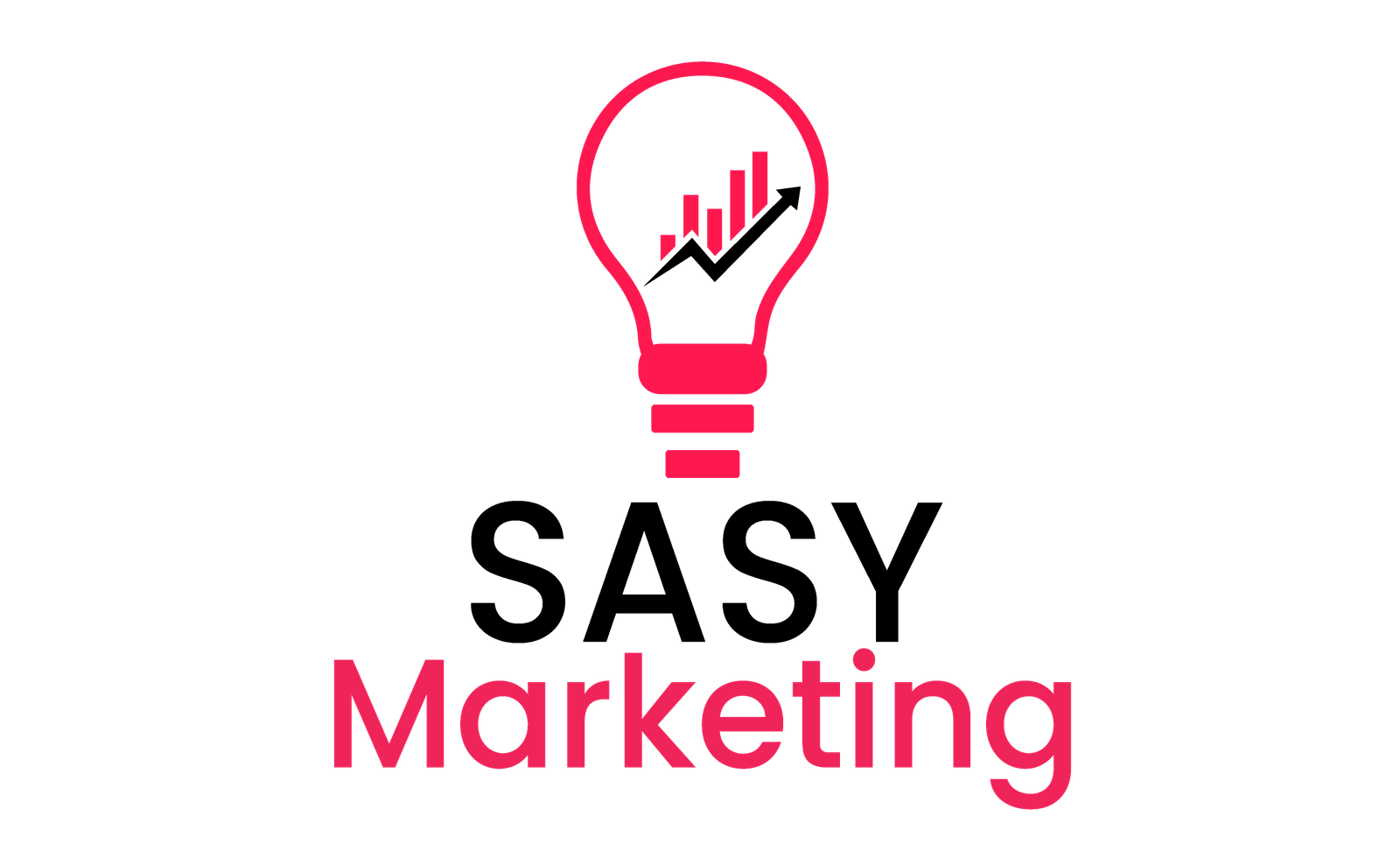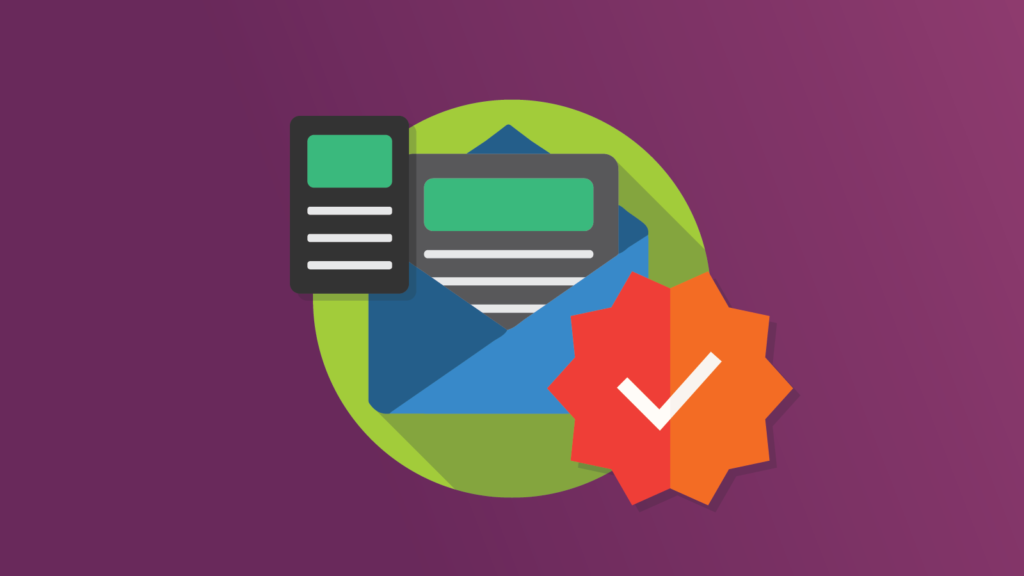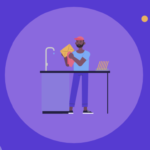“Effective Email Sequences: Essential Tips for Success in 2024”

Do you also want to experience the latest developments of email marketing? Well, worry not! In a world filled with endless distractions and viral content, sasy marketing will help you become a master of email sequences which will help you achieve greatness in the field of communication.
In this blog, we’ll discuss email sequences, including their differences and benefits, and provide you with the best practices and tools for a successful email campaign in 2024.
What is an Email Sequence?
Email sequences are a valuable tool in the world of digital communication. They consist of a series of carefully crafted emails designed to achieve specific goals.
The message is carefully crafted to captivate, inform, and lead recipients through a planned narrative.
Exploring the components of an email sequence, we find a various collection of messages that can be automated, enabling businesses to uphold steady communication, foster connections, and effectively cultivate leads.
Email sequences have the power to transform your conventional email marketing into a captivating and personalized experience.
Drip Sequence and Email Sequence. What’s the difference?
People often use the terms “drip sequences” and “email sequences” equally, but it’s important to know the differences between them.
This is similar to how drops of water fall steadily over time: the material is released slowly and on time.
An email series, on the other hand, is dynamic and responds to user actions in real time.
Drips follow a set schedule, but email sequences change and adapt based on how engaged the receiver is, making for a more flexible and responsive communication strategy.
6 Benefits of Email Sequence.
Email Sequencing is beneficial if you are looking to make an efficient email marketing strategy.
Below are several benefits which your strategy can achieve:
Precision Targeting: With an email series, you can change the content based on how users interact with it, making sure that each message is relevant and hits home with your audience.
Time Efficiency: Save time by setting up your process and letting it run itself. You can focus on the more important parts of your business while the process takes care of leads and builds relationships in the background.
Relationship Building: It’s not enough to just make a sale; you need to build connections that last. Email sequences are a great way to keep in touch with leads over time and build trust and company loyalty.
Data-Driven Insights: To get useful insights, keep track of and analyze how people connect with your email sequence. Figure out what works and make your strategy better so it has the most effect.
Consistency in Communication: Make sure your brand’s voice is the same and uniform across all touchpoints. Email sequences make sure that your messages fit in with your marketing plan as a whole.
Scalability: Email sequences are easy to use whether you have 100 subscribers or 10,000. This means you can keep sending personalized messages to a bigger group of people without sacrificing quality.
5 Types of Email Sequences With Examples
Email marketing is dynamic, so understanding these sequences is like having a varied toolkit. Adjusting each sequence to match your brand’s personality boosts engagement and produces a wonderful user experience.
We will show you how to smoothly automate these sequences and maximize your email marketing strategy.
Welcome Series:
Introduce your new subscribers to the exciting world of your brand with a thoughtfully crafted Welcome Series. Think of it as the quick introduction that sets the tone for your connection.
Start by thanking them for subscribing in the initial email, then use subsequent emails to share your brand story, values, and the exclusive benefits they can look forward to.
Add a touch of humor, like a quirky video or a personalized welcome message from your team, to make the initiation into your brand memorable.
Onboarding Sequence:
Imagine the Onboarding Sequence as a helpful GPS, guiding users through the complex landscape of your platform. Start by sending a friendly welcome email, guiding them to important features.
Future emails can explore more advanced features, provide useful tips and tricks, and even offer video tutorials for a more engaging experience.
Customize the journey according to user interactions, guaranteeing a smooth and pleasant onboarding process that creates a lasting positive impression.
Educational Sequences:
Enhance your brand’s reputation as an industry thought leader with Educational Sequences that offer valuable insights and knowledge. Create a series of concise emails that share industry trends, tips, and relevant content to establish your brand as a valuable resource. Use captivating visuals, infographics, or webinars to demonstrate your expertise.
By providing valuable information to your subscribers, you can build trust and establish your brand as an authority in your niche.
Abandoned Cart Sequence:
Maximize your sales potential by utilizing the Abandoned Cart Sequence to convert potential customers into confirmed buyers. Create a sequence of concise emails that serve as reminders for the items they forgot to purchase. Emphasize the advantages of these items and provide an extra incentive, like a time-limited discount or free shipping.
Utilize compelling language and captivating visuals to reignite their interest and subtly steer them towards the checkout page. This sequence is a concise and effective way to regain those lost sales.
Re-engagement Sequence:
Occasionally, subscribers require a subtle reminder to rekindle their interest. Start the Re-engagement Sequence. Create engaging content that resonates with their preferences, such as a personalized “We Miss You” email featuring an exclusive offer or a sneak peek of our upcoming products.
Utilize persuasive language, incorporate captivating visuals, and consider including a survey to gather insights into their changing preferences. This sequence provides a chance to reestablish a connection and remind subscribers of the reasons they initially fell in love with your brand.
How can You Automate Email sequences?
To stay on top of continuous, individualized communication without sacrificing sleep, automate your email sequences. The following are the main points to keep in mind as you work to automate your email sequences and improve your campaigns.
Choose the Right Email Marketing Platform:
If you want your automation efforts to be a smashing success, you need to start with a solid email marketing platform. With the help of Mailmunch, MailChimp, ConvertKit, or Mailreach, you can build complex sequences that respond to your audience’s actions using their user-friendly and great tool.
Segment Your Audience:
Create subsets of your subscriber base according to their demographics, interests, or actions. Each email can speak to the recipients’ unique interests thanks to this segmentation, which enables you to send hyper-targeted material.
Set Clear Goals for Each Sequence:
Whether you’re trying to re-engage dormant subscribers, promote a product, or nurture leads, you need to define the objective of each email sequence.Having well-defined objectives allows you to track the progress of your automation strategy and campaigns.
Create Engaging and Dynamic Content:
Craft compelling content that adapts to user behavior. Use dynamic elements like personalized greetings, recommended products based on previous purchases, or content tailored to specific subscriber actions. This dynamic approach keeps your emails fresh and relevant.
Practice Trigger Events:
Leverage trigger events to initiate emails based on specific actions or milestones. Whether it’s a welcome email upon subscription, an abandoned cart reminder, or a follow-up after a purchase, trigger-based automation ensures timely and contextually relevant communication.
Implement A/B Testing:
Refine your sequences by conducting A/B tests on different elements, such as subject lines, email copy, or call-to-action buttons.
Analyzing the results allows you to optimize your content for higher open rates, click-through rates, and overall engagement.
Monitor and Modify:
Regularly analyze the performance of your email sequences. Track metrics like open rates, click-through rates, and conversion rates. Use this data to identify areas for improvement and make data-driven adjustments to enhance the effectiveness of your sequences over time.
7 Email Sequence Best Practices To Follow.
By following these guidelines, you can make sure that your email sequences are engaging, informative, and productive for your audience.
Here are some best practices to help you establish effective email marketing campaigns in 2024.
Understand Your Audience:
Learn all you can about your target demographic before you start making email sequences. Get to know their likes, dislikes, communication style, and areas of difficulty. Your sequences will be more focused and effective if you have more information about your audience.
Craft Compelling Subject Lines:
The subject line serves as the initial impression of your email. Create an impression by grabbing people’s attention with attention-grabbing subject lines in your email correspondence.
Try using elements of surprise, personalisation, or time pressure to grab people’s attention.
Maintain Consistent Branding:
Create a unified brand experience by keeping the branding constant throughout all of the emails in a sequence.
Maintaining cohesion in all aspects of your content, from images to language, helps your subscribers trust you and remember your brand.
Focus on Value and Relevance:
Make sure every email in your sequence contributes to the recipient’s benefit. Whether it’s helpful articles, special deals, or tailored suggestions, make sure every message enhances the subscriber’s experience.
Optimize for Mobile Devices:
It is essential to optimize your email sequences for mobile responsiveness since a large number of people access emails on mobile devices. Make sure that your material looks good and works well on all kinds of devices.
Personalization Beyond Data:
Take personalisation to the next level. Make use of information to tailor content to each individual’s tastes, interests, and actions. Customized material encourages a more profound bond and participation.
Provide Clear Calls-to-Action (CTAs):
Make sure that every email in your sequence has an attention-grabbing CTA. You can be confident that your emails will drive the required behaviors with a well-crafted call-to-action (CTA), whether it’s directing subscribers to a landing page, promoting a purchase, or urging them to connect with your content.
5 Apps that Help with Email Sequences.
If you’re looking to improve your communication strategy, automate drip campaigns, or create personalized customer journeys, these tools can help you do just that.
Sasy Marketing
In terms of email capture, sasy marketing is more than simply an app; it’s a lead generation beast. Whether you’re using an email marketing platform or not, Mailmunch’s customisable forms and exit-intent pop-ups can help you generate leads consistently.
Mailchimp:
Well-known for its intuitive design and powerful automation capabilities, Mailchimp is a mainstay in the world of email marketing. The whole process is made easier with MailChimp, whether you’re making complex email sequences or segmenting your audience for focused marketing.
ActiveCampaign:
ActiveCampaign is a formidable force for individuals in need of sophisticated automation features. In addition to letting you build intricate email sequences, it combines with CRM features, giving you a full picture of your audience and paving the way for more targeted messages.
ConvertKit:
ConvertKit is an email sequence builder and manager that caters to bloggers and content providers. You can easily create sequences, divide your audience into segments, and monitor your campaigns’ efficacy thanks to its intuitive UI.
Sendinblue:
Sendinblue provides an adaptable set of email marketing tools and is perfect for companies of any size. The metrics provided by Sendinblue allow customers to improve and optimize their campaigns over time, while the automation workflows allow users to construct personalized email sequences.
AI integration in Email Sequence.
AI in email sequences is a digital marketing innovation. AI allows for unprecedented customization, unlike static rules-based processes.
Machine learning algorithms that use user behavior in real time customize each email to each subscriber’s trip through any website. AI-powered predictive analytics helps marketers to forecast how users will interact with their content and adjust email sequences to match their preferences.
AI can efficiently forecast people’s needs and wants as it learns their preferences, resulting in more personalized product recommendations. AI’s continuous learning loop lets email sequences respond to subscribers’ changing behavior in real time, creating a dynamic communication flow.
Conclusion
In conclusion, state-of-the-art AI technology and time-honored email sequences will work hand in hand to shape the future of email marketing. Businesses may make campaigns that connect with their audience and react to their changing demands by integrating AI’s adaptable capabilities with strategic sequence planning.







